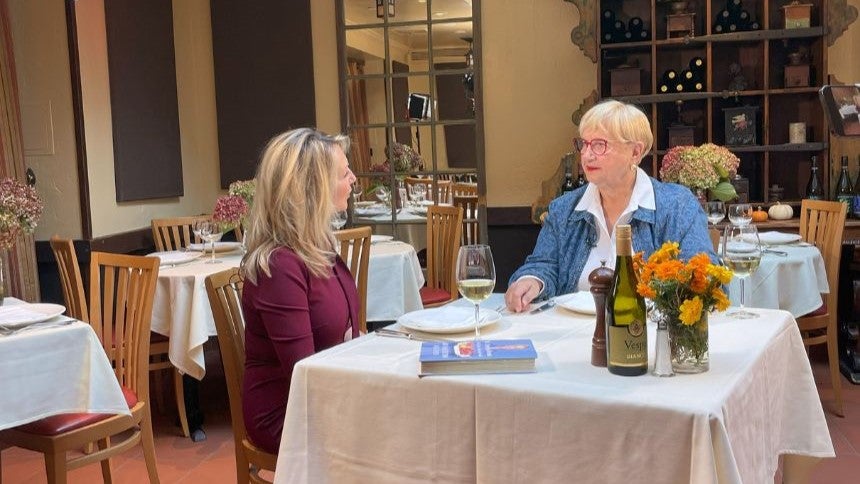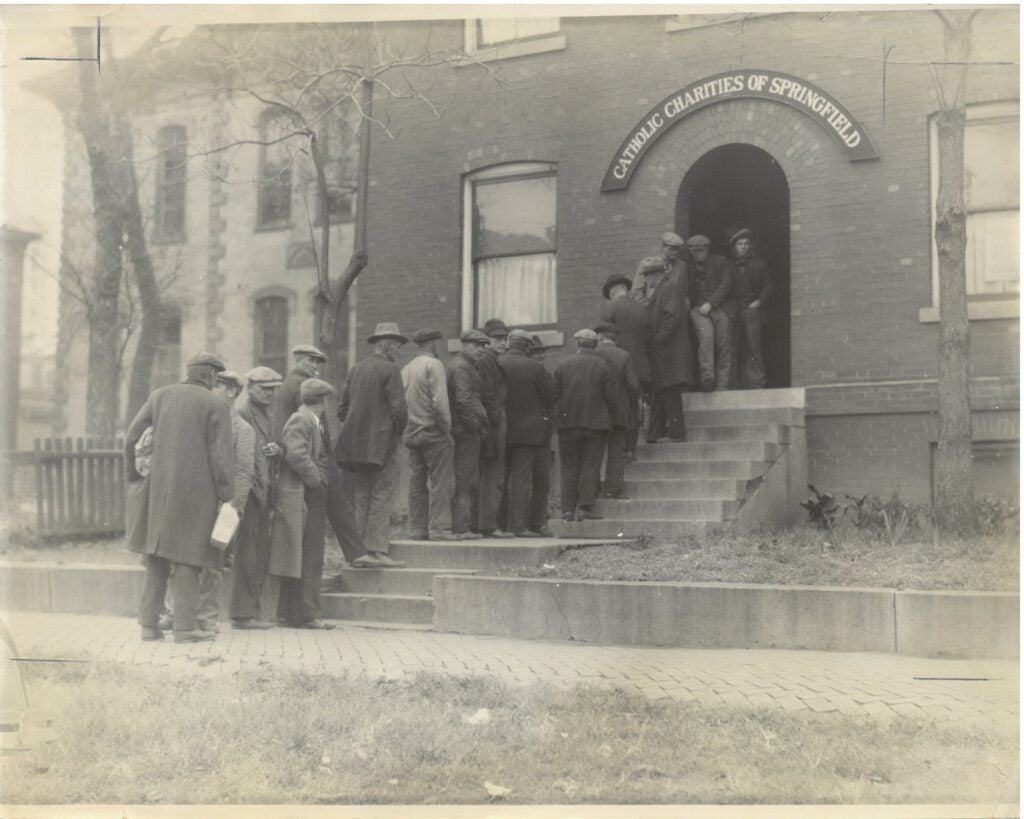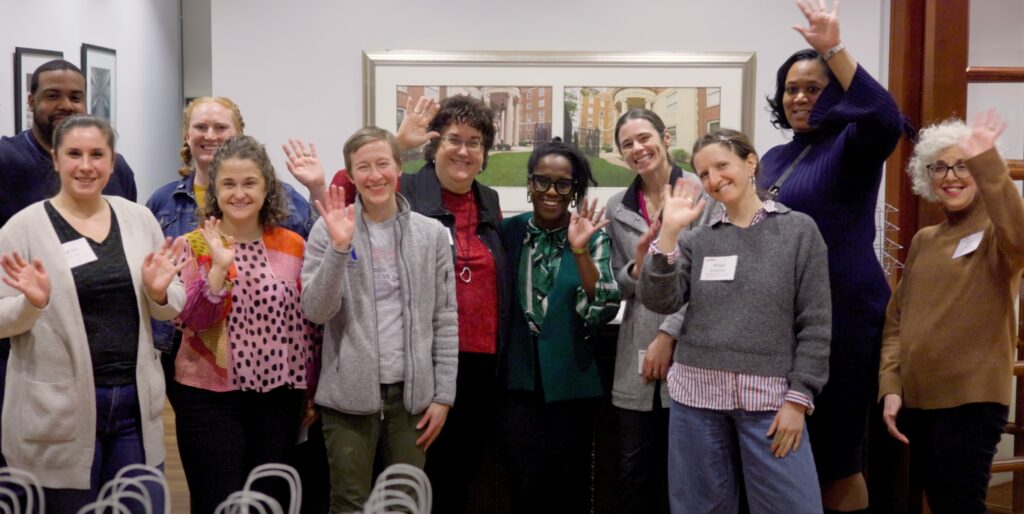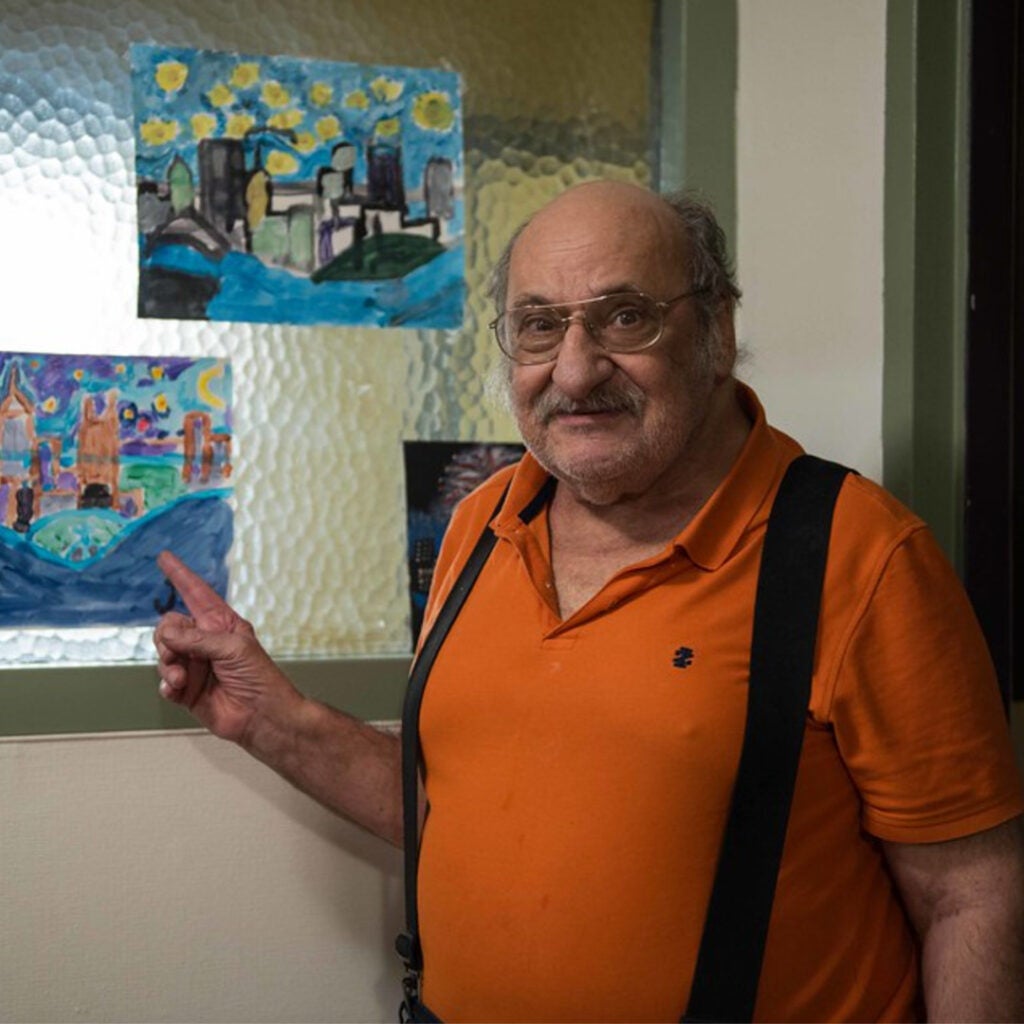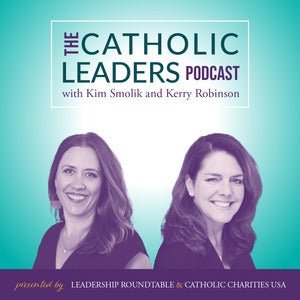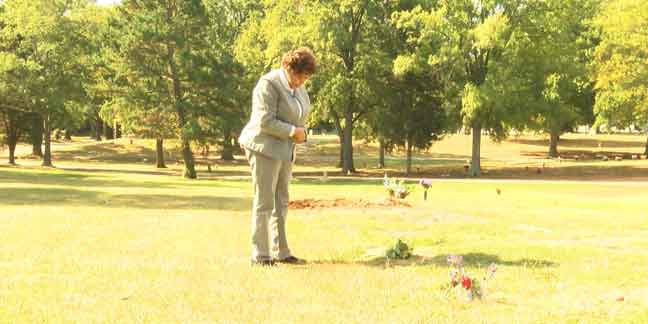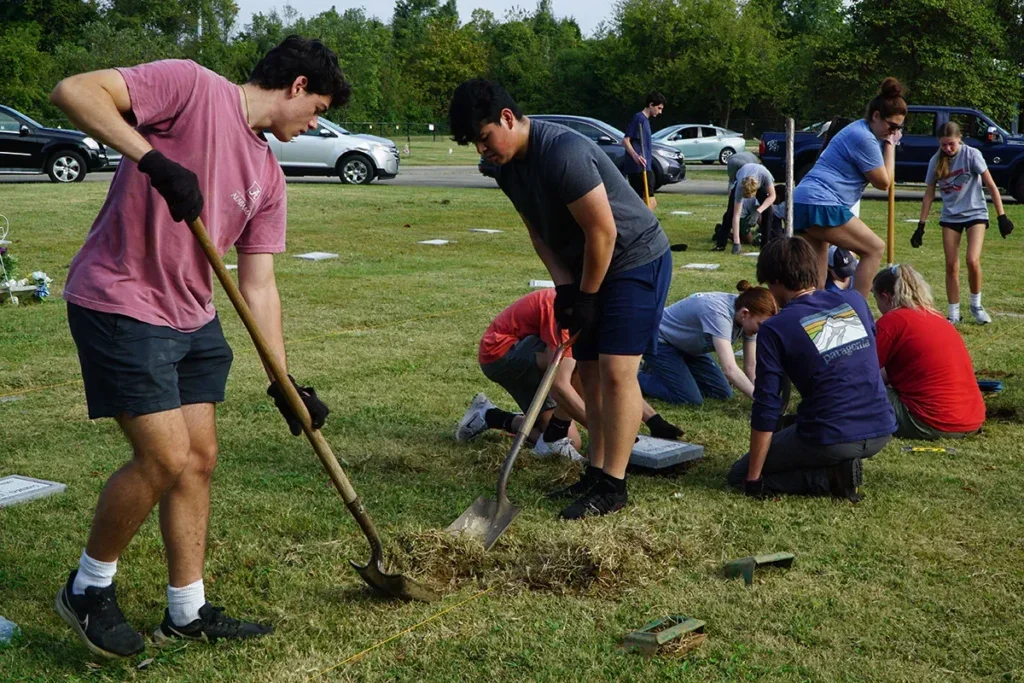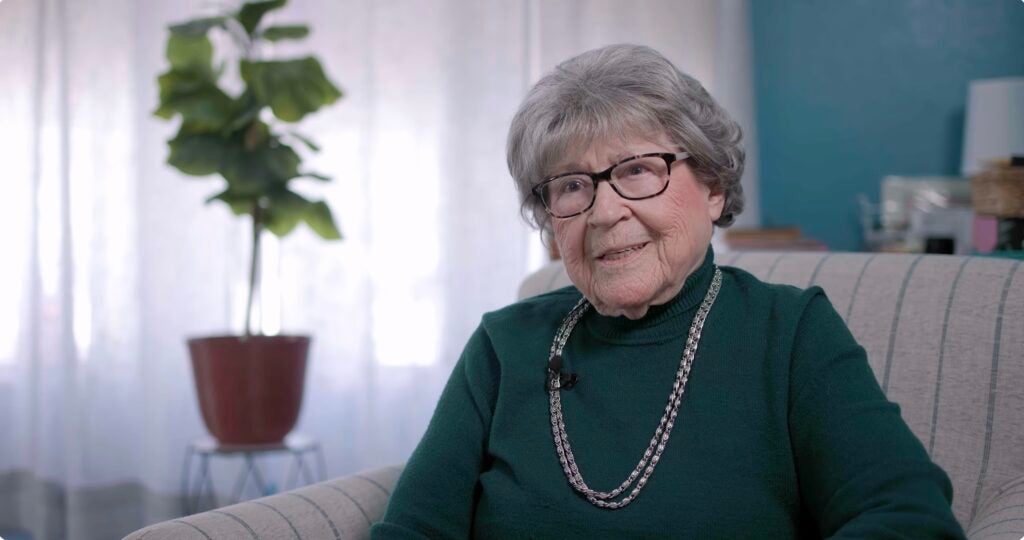
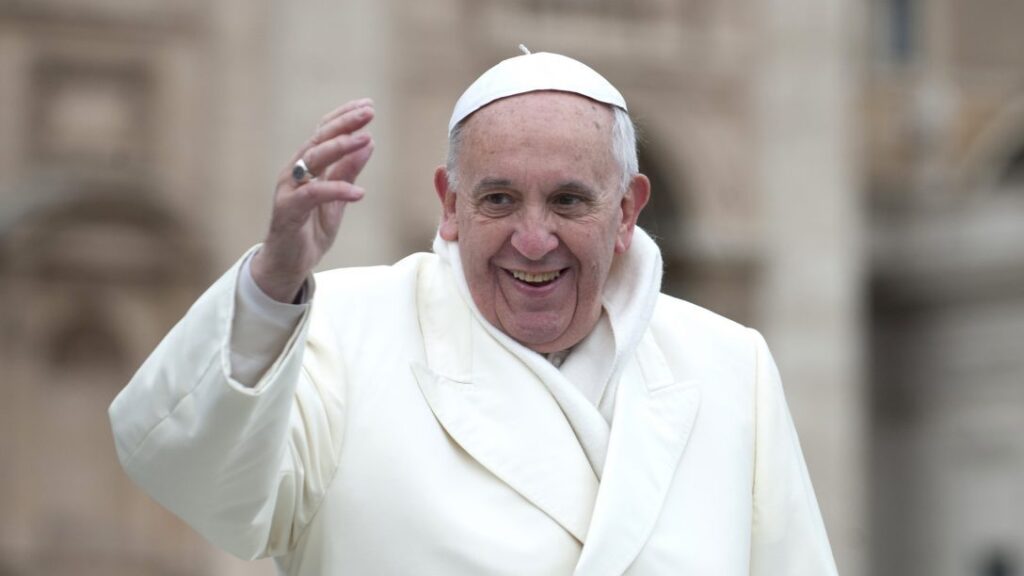
Five years have passed since Pope Francis released Laudato Sí (LS), perhaps the most heralded piece of Catholic Social Teaching since Rerum Novarum. What is perhaps most intriguing about LS is that it makes explicit Francis’ perspective on theological method and methodology.
Francis’ methodological preference is made clear when he states twice: “Realities are more important than ideas” (LS, Nos. 110, 201) – a point he first made in Evangelii Gaudium (No. 231). In continuity with the methodological preferences of Pope John XXIII and Pope Paul VI, Francis appropriates the See-Judge-Act method for theological reflection on, and interpretation of, reality (or the signs of the times, if you prefer), with the goal being transformative social action and justice.
The See-Judge-Act method was created by Cardinal Joseph Cardijn, even though its roots can be found in Thomas Aquinas’ description of the intellectual virtue of prudence. Cardijn’s method was later developed by the Latin American Episcopal Council (CELAM) and liberation theologians, with recent advancements made by North American practical theologians.
In LS, Francis describes the methodical practice he uses to construct his theological argument (No. 15). Francis says he begins by reviewing (“see”) the best scientific research today, then considers (“judge”) principles from Judeo-Christian tradition. In light of his theological reflection, he will advance proposals for dialogue and action (“act”), both on an individual and global level. This three-step process represents a praxis-oriented methodology that prioritizes a critical assessment of reality (step 1) in order to change reality (step 3) through critical theological reflection as a mediatory step (step 2). Francis’ justification for his use of this methodology is made explicit when he says, “Theological and philosophical reflections on the situation of humanity and the world can sound tiresome and abstract, unless they are grounded in a fresh analysis of our present situation, which is in many ways unprecedented in the history of humanity” (No. 17). “If we are truly concerned to develop an ecology capable of remedying the damage we have done, no branch of the sciences and no form of wisdom can be left out, and that includes religion and the language particular to it. “Given the complexity of the ecological crisis and its multiple causes, we need to realize that the solutions will not emerge from just one way of interpreting and transforming reality.”
After this overview, Francis begins chapter one by engaging interpretations of scientific analysis in order to describe “what is happening to our common home.” Francis then moves to step two with a theological reflection on the “Gospel of Creation.” As he begins this process Francis reminds readers that dialogue between science and faith can produce fruitful dialogue (No. 62). Francis specifically argues that: “Given the complexity of the ecological crisis and its multiple causes, we need to realize that the solutions will not emerge from just one way of interpreting and transforming reality” (No. 63). He goes on to say that, “If we are truly concerned to develop an ecology capable of remedying the damage we have done, no branch of the sciences and no form of wisdom can be left out, and that includes religion and the language particular to it.” Francis adds, “A science which would offer solutions to the great issues would necessarily have to take into account the data generated by other fields of knowledge, including philosophy and social ethics” (No. 110). This methodological approach is aligned with much of Catholic tradition, considering the Church has always been open to dialogue with philosophical thought (for example, Aquinas’ use of Aristotle). Yet, at the same time it advances beyond the limited approach of synthesizing faith and reason to include other social discourses such as sociology, anthropology, critical theory, and various scientific approaches.
Francis’ call for interdisciplinary research ought to bring together different fields of knowledge, including economics, in the service of a more integral and integrating vision. To be sure, toward the end of the document, Francis again appeals to an interdisciplinary approach to methodology when, in critical fashion, he states, “It cannot be maintained that empirical science provides a complete explanation of life. This would be to breach the limits imposed by its own methodology. If we reason only within the confines of empirical science, little room would be left for aesthetic sensibility, poetry, or even reason’s ability to grasp the ultimate meaning and purpose of things” (No. 199). Instead of such a limited methodological approach Francis claims that because “religious classics can prove meaningful in every age” they should be integrated in the pursuit of the understanding of humanitarian crises such as the ecological one that currently places a question mark over the future of life on the earth.
